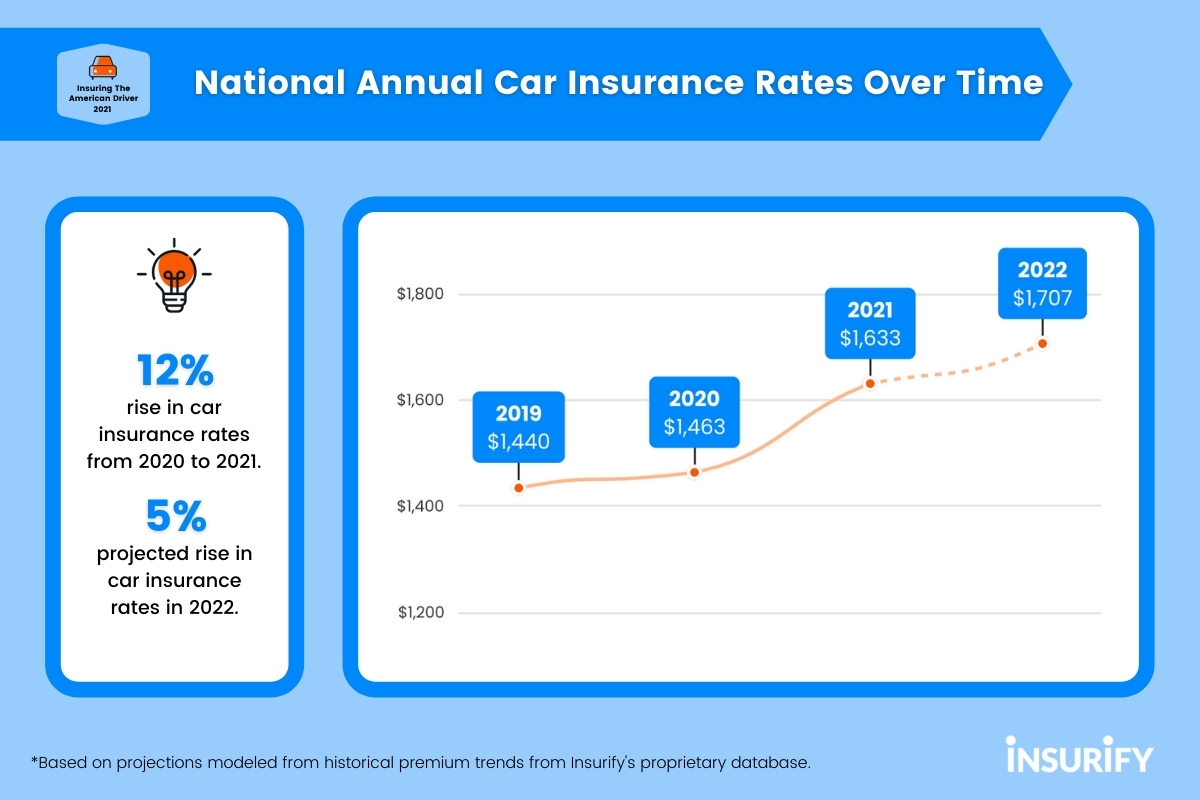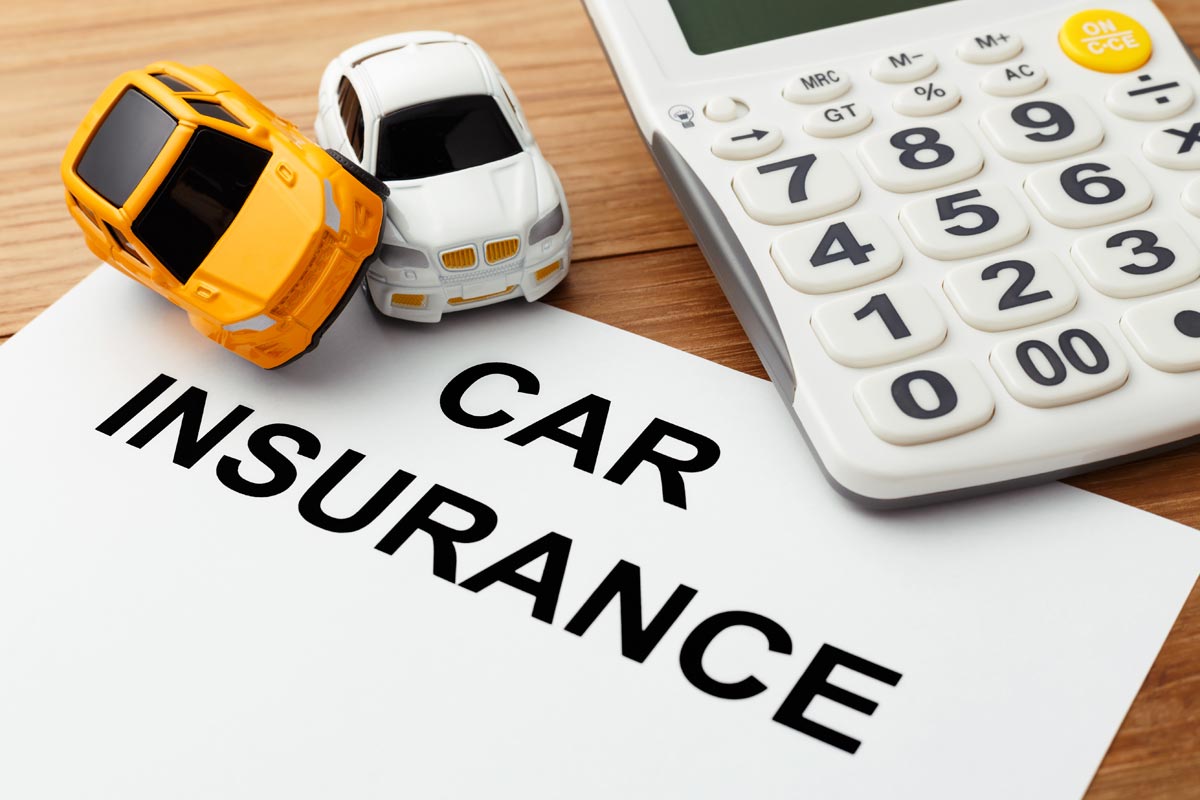Car insurance is a necessity for drivers in the United States, providing financial protection in the event of accidents, theft, or damage to vehicles. However, the rising cost of car insurance premiums is putting significant financial strain on many Americans.
This article explores how high car insurance rates are driving people into financial trouble, focusing on the factors contributing to increased premiums, the impact on low-income households, and the broader economic implications of unaffordable insurance costs.
One of the primary factors contributing to high car insurance rates is the increasing cost of claims.
As the cost of vehicle repairs and medical expenses continues to rise, insurance companies are faced with higher payouts for claims. To offset these costs, insurers raise premiums for policyholders.
Additionally, the growing prevalence of sophisticated and expensive vehicle technology, such as advanced driver assistance systems (ADAS) and connectivity features, has made repairs more costly. While these technologies can enhance safety and reduce the likelihood of accidents, they also contribute to higher insurance rates.
Also Read: Why Some New Car Warranties Are Becoming Worthless
Another significant factor is the frequency and severity of accidents. Despite advancements in vehicle safety, the number of accidents on U.S. roads remains high, leading to a greater volume of insurance claims.

Factors such as distracted driving, increased traffic congestion, and adverse weather conditions contribute to the frequency of accidents.
Moreover, severe accidents with substantial damage and injury claims result in higher costs for insurance companies, which in turn leads to increased premiums for drivers.
Credit scores also play a role in determining car insurance rates. Insurers often use credit-based insurance scores to assess the risk profile of policyholders. Individuals with lower credit scores are deemed higher risk and are charged higher premiums as a result.
This practice disproportionately affects low-income individuals and those with poor credit histories, exacerbating financial difficulties for vulnerable populations. Critics argue that using credit scores to determine insurance rates is inherently unfair and contributes to the financial burden on those already struggling to make ends meet.
For low-income households, the high cost of car insurance can be particularly challenging. Many low-income individuals rely on their vehicles for essential activities such as commuting to work, accessing healthcare, and running errands.
The inability to afford insurance can lead to difficult choices, such as driving without coverage or cutting back on other necessities to pay for premiums. Driving without insurance not only poses legal risks but also exposes individuals to significant financial liability in the event of an accident.
The broader economic implications of unaffordable car insurance are also concerning. High insurance rates can limit economic mobility by restricting access to reliable transportation.
Without a vehicle, individuals may struggle to find and maintain employment, access education and training opportunities, and participate fully in community life. The financial stress of high insurance costs can also lead to increased debt, reduced savings, and a diminished quality of life for affected individuals and families.
Also Read: The Push for Smaller Cars, Are Americans Ready to Downsize?

